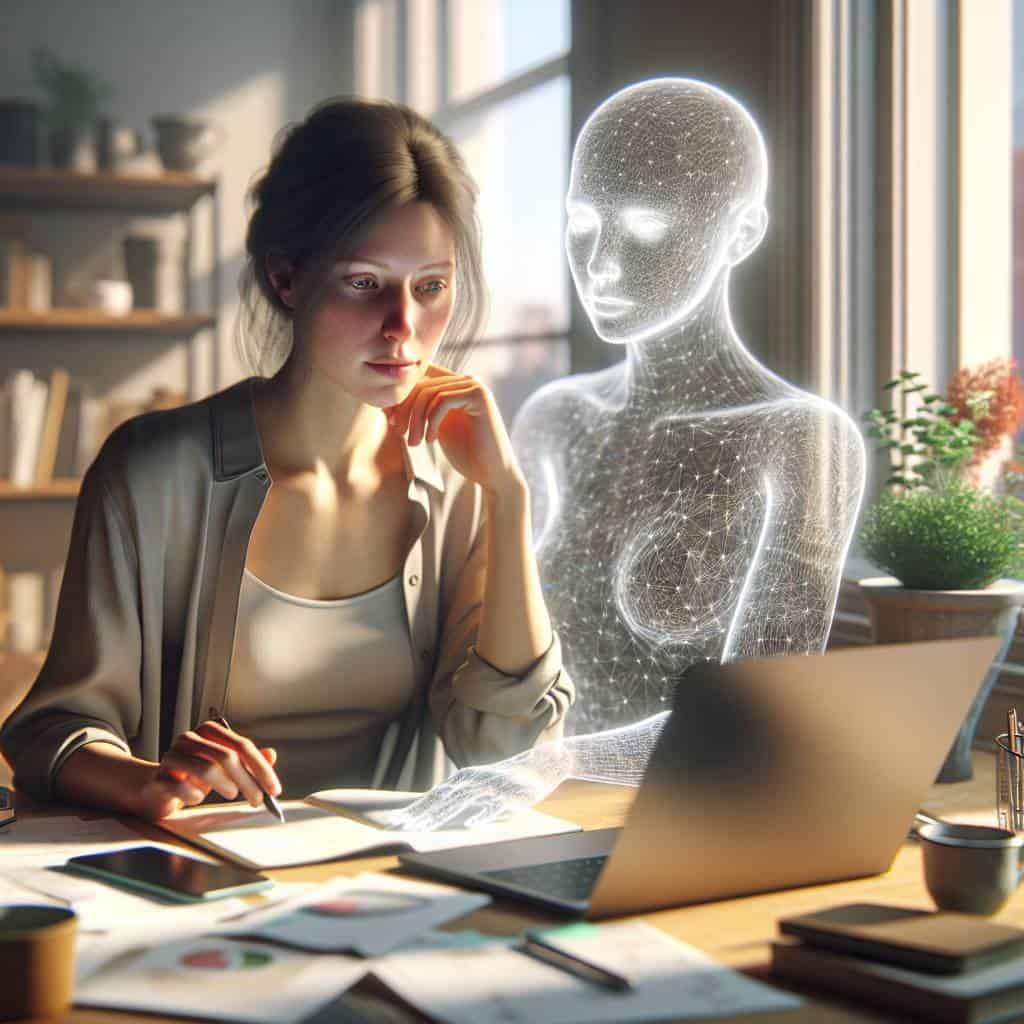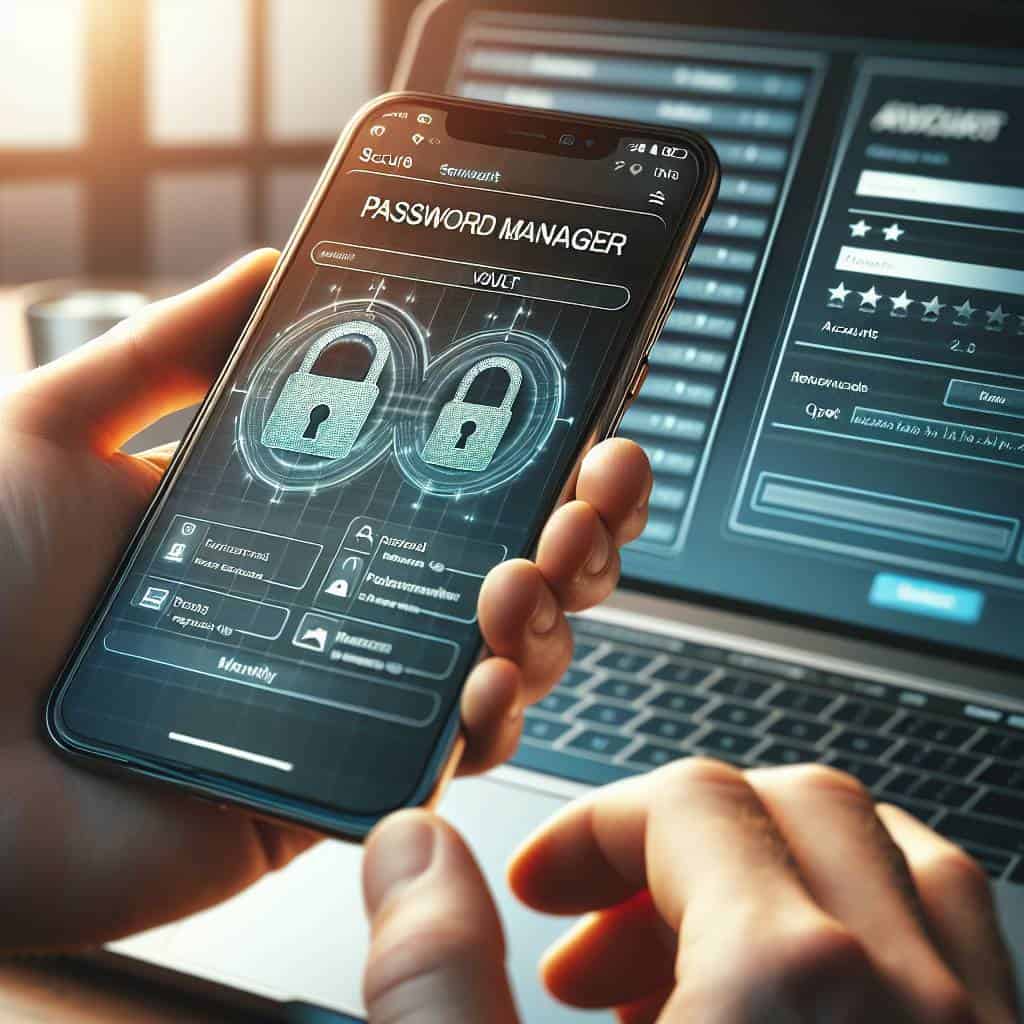I used to think my brain was a high-functioning machine, capable of juggling deadlines, tax codes, and a mental grocery list without breaking a sweat. Then I hit my thirties, and suddenly, I couldn’t remember where I left my keys or what I had for breakfast, let alone the finer points of quarterly tax filings. It’s like my brain decided to go on a permanent coffee break. That’s when I knew I needed backup—a digital clone to pick up the slack and keep my life from spiraling into chaos.

In this article, I’ll share how I built my own “second brain” to manage the mess. I’ll dig into the nitty-gritty of digital organization and knowledge management without the fluff. If you’re looking for a no-nonsense guide to creating a system that actually works, you’re in the right place. Forget the buzzwords and jargon; let’s focus on what really matters: turning the chaos into clarity, one byte at a time.
Table of Contents
How I Turned My Chaotic Thoughts into Digital Goldmines
Let’s face it, my mind can be a wild carnival. Between balancing spreadsheets and navigating the urban jungle, my thoughts often feel like they’re on a perpetual merry-go-round. But I stumbled upon a concept that changed everything: the “second brain.” Imagine taking those scattered ideas and half-formed thoughts— the ones that pop up while you’re in the shower or stuck in traffic—and turning them into something tangible. That’s where the digital magic happens.
My second brain, a digital repository, became my personal goldmine. I harnessed technology to organize my chaotic musings, using tools like Evernote and Notion to capture and categorize every stray thought. No more sticky notes or mental gymnastics trying to remember where I jotted something down. This system of digital organization transformed chaos into clarity, making my knowledge management not just efficient, but empowering. I was no longer the victim of my own mental clutter. Instead, I was the architect of an information oasis, where ideas could flourish and grow into actionable insights.
The result? A streamlined process that allows me to focus on what truly matters. By building this system, I turned my mental chaos into a structured, digital powerhouse. It’s like having a digital clone of my brain that catches what slips through the cracks and hands it back to me, neatly organized and ready for action. This isn’t just an upgrade—it’s survival in a world that demands more than just keeping up. It’s about thriving, with a second brain that turns everyday chaos into a personal treasure trove of knowledge and potential.
The Digital Mind: A Modern Marvel
In a world drowning in data, a second brain isn’t a luxury—it’s the life raft that keeps your ideas afloat.
When My Brain Met Its Digital Doppelgänger
In the end, what I’ve realized is that my second brain isn’t just a tool—it’s a partner in crime. It catches the details I miss and keeps track of the ideas I forget. It’s like having a personal assistant who never sleeps and always knows where my digital keys are. I used to think that embracing this kind of system would make me less human, but the truth is, it allows me to be more of myself without the constant hum of chaos in the background.
Integrating a digital brain into my life hasn’t just been about staying organized; it’s about reclaiming my mental space. It’s about being honest with myself and admitting that I can’t juggle everything in my head. And that’s okay. The city may be relentless, but with my digital counterpart, I’m no longer just surviving—I’m thriving. And isn’t that what we all strive for in this whirlwind we call life?


